Maine Coon – a gentle giant
Maine Coons win human hearts around the world with their charm, character and intelligence. Those cats are real giants and this breed is the world’s largest cat breed. In addition to that, those cats own other features that make this breed one of the most popular in the world.
FIFe classification
- Category II: Semi-long haired cat breed
- EMS Code: MCO
- Full name of the breed: Maine Coon
- Country of origin: Maine – New England (USA)
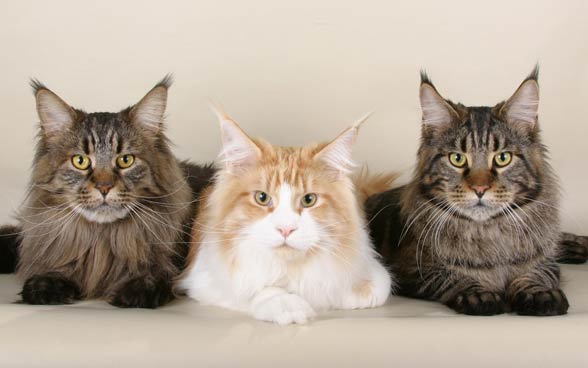
The history of the breed
The breed’s past is shrouded with a mystery. There were only several speculations and folk tales handed down from generation to generation. One of the legends dates back to the time when Marie Antoinette was the Queen of France. She was executed in 1793. According to legends, just before her death, Marie Antoinette was trying to escape on a captain Samuel Clough’s ship.
On the board, apart from the queen and the captain, there were queen’s most precious possessions including her six Turkish Angora cats. Although we know Marie Antoinette did not make it to North America, the animals successfully managed to get to the coast of the city Wiscasset in Main. They crossbreed with other short-hair breed cats, which resulted in a new breed – today,’s Main Coon.
According to one of the most interesting stories, Main Coons come from the crossbreeds of wild ancestors of semi-feral domestic cats and… raccoons. An additional argument for this theory is Main Coon’s characteristic tail and color that resembles those of the raccoon’s. However, even though the theory is quite original, it is highly improbable that such a biologic crossbreed would have been possible. What is more, Main coons were said to be a genetic hybrid of domestic cats and wild bobcats, which would explain characteristic tufts of hair in their ears.

There is one more story, which refers to the captain Charles Coon – an English seafarer, who was accompanied by long hair cats on the board of his ship. Once the ship anchored, the cats supposedly left the boat and crossbreed with local domestic cats. When the long hair kittens were born, they were called Coon’s cats.
The most probable theory is that Main Coons are the descendants of the local crossbreeds of domestic cats with long and short-hair cats from abroad. Those may have come there on the ships of English seafarers (what may be connected with the previously mentioned captain Coon) as well as the Norsemen from the 11th century. The connection to the Norsemen may be confirmed in the significant resemblance between main coons and Norwegian forest cats.
The breed was first mentioned in 19th-century literature. At the end of 1860, the farmers from Maine told about their cats, which took part in a competition, Maine State Champion Coon Cat held in Skowhegan. The Maine Coon Cat Club was established much later – in the 1950s. Finally, the CFA accepted the breed in 1973.
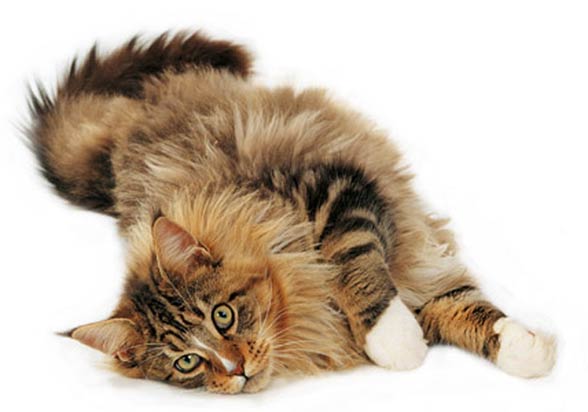
Characteristics
Appearance
Males may weigh 6 to 11 kg (13 to 24 lb) and females 4 to 7 kg (9 to 15 lb). The height at shoulders varies from 25 to 41 cm (10 to 16 in). Male coon’s body weight may be up to 120 cm (47 in) (a tail itself, resembling a raccoon’s tail, may reach approximately 35 cm (14 in)). It is rectangular and reaches its full size quite late, when the cat is 3 to 5 years old (the majority of cats develop fully while they are 1 year old.)
Maine Coon’s silky and soft coat may be long or semi-long. Its texture depends on its color. The shorter hair is on the head and the shoulders while the longest grows on the belly, on both sides and on the neck, around which many specimens have lion-like roofs. Even though the cat has a long, thick and long coat, it does not require intensive grooming – it is able to self-maintain thanks to a thick and water-resistant undercoat. The fur changes through the seasons of the year – it is thicker during winter and thinner during summer.
Maine Coons may have the exact same colors as domestic cats. However, the most often types are brown tabby cats, resembling the raccoons. They have some physical adjustments that enable them to survive in the winter climate. The first one is a thick, water-resistant fur and undercoat. A bushy tail does not sink in the snow and serves as isolation that protects a face and the paws against snow and wind. The cat may as well sit on it, which prevents the frostbite of the posterior. Its wide paws act as the snowshoes and keep the cat up on the surface of the snow. The spaces between its fingers and the interior of the ears are very bushy so they also prevent the cat from frostbite.
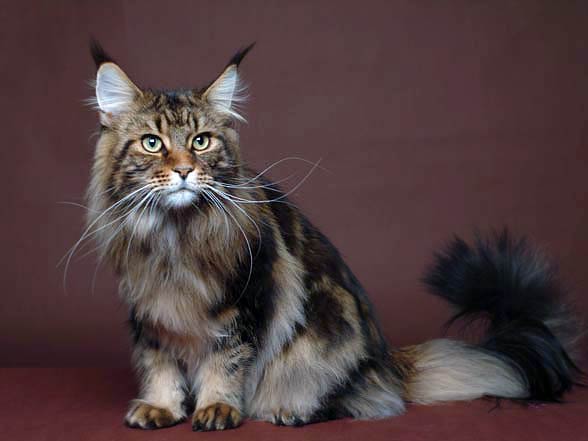
Temperament
Main Coon is extremely intelligent, which makes it a great human companion. Although it is loyal towards the members of a family, it is quite distant among strangers. It is not a type of cat that lays on its owner’s lap very often. It likes the company of other cats, dogs and children. Those cats are really vigorous and like to play, especially males. Both males and females bond strongly with their owners.
Maine Coons are also very vocal. They are known for their frequent yowling, howling, trilling, chirping, and other loud vocalization. They seem to be able to shoot their owner’s mouth off – this is how they make a conversation.
Maine Coons like water. This preference is said to be inherited from their ancestors, which spend a lot of time in the ocean, during the cruises between the continents.
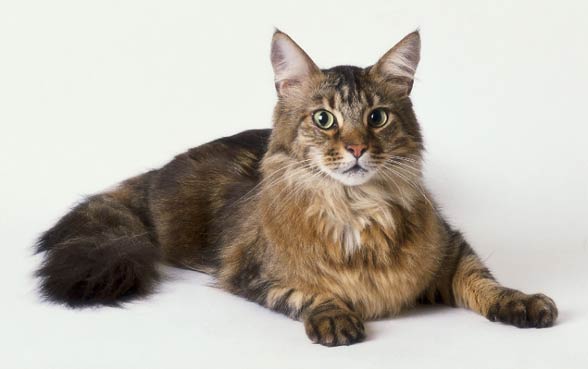
The biggest domestic cat/ the biggest breed
Maine Coon breed is considered the biggest of the domestic cats in the world.
The biggest known Main Coon was a male called Stewie, which was accepted in 2010 in the Guinness Worlds Record. It was 123 cm (48 in) long from the tip of its nose to the tip of its tail. It died on February 4th, 2013 at the age of 8 in its home in Reno (Nevada). Stewie’s tail was the longest cat’s tail in the world.

Detailed information / size
Maine Coon
- Body length excluding the tail: up to 90 cm (35 in)
- Body length including the tail: up to 123 cm (48 in)
- Tail length: up to 36 cm (14 in)
- Height at shoulders: from 25 to 41 cm (10 to 16 in)
- Weight: males: 6,8 to 11,3 kg (15.9 to 25.9 lb) females: 4,5-6,8 kg (9.9-14.9 lb)
- Life expectancy: 10 to 12 years
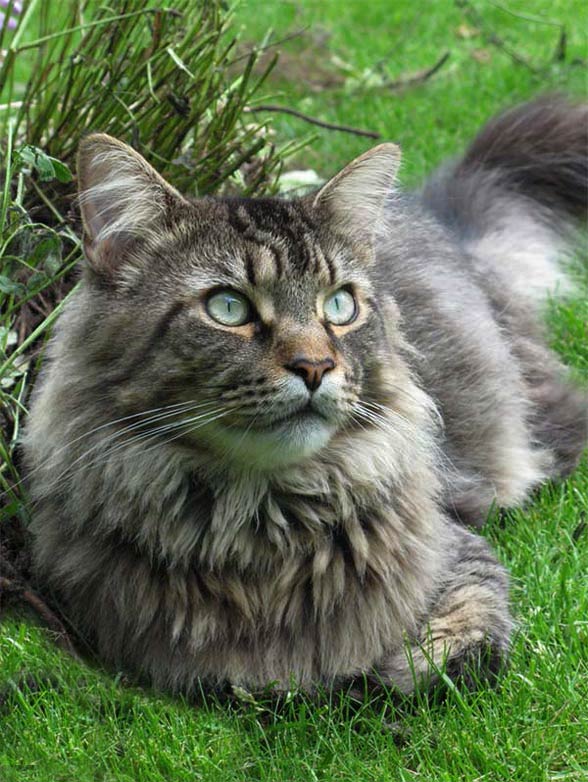
Main coon – curiosities
- The Main coon breed is the third most popular in the world. The first is a Persian cat and the second is an Exotic Shorthair cat.
- A lot of specimens inhabiting New Zealand possessed a trait called polydactylism. Animals who suffered from this congenital abnormality were born with more than five toes on their fore pawns and more than 4 of the hind paws. According to some sources, 40 % of the Maine Coon population in New England may have had this abnormality. However, there is no hard evidence found to prove it.
- The most frequent cause of death of cats is feline hypertrophic cardiomyopathy, both in the case of pure breed cats as in the domestic cats. Main Coons may also suffer from spinal muscular atrophy.


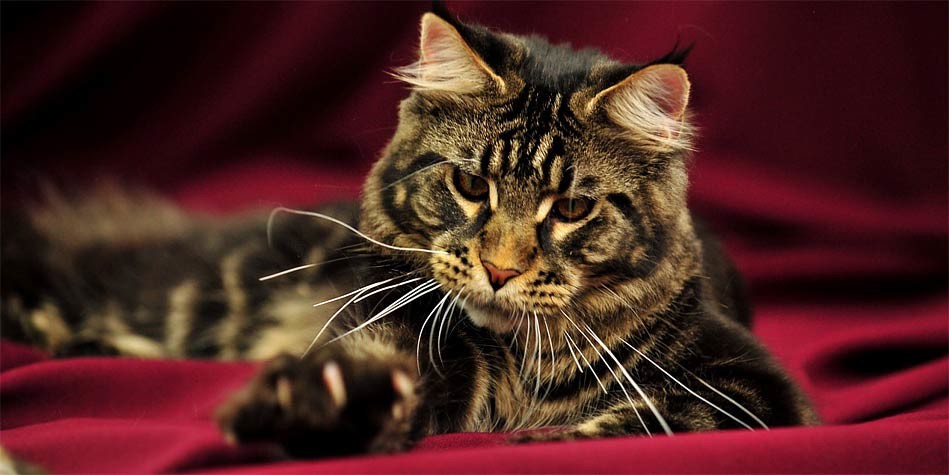



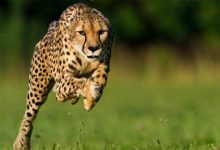

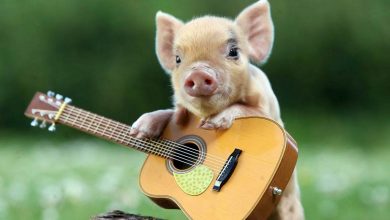

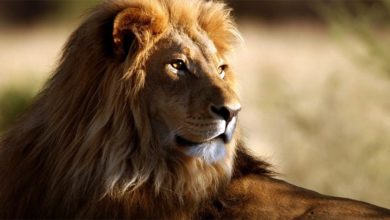
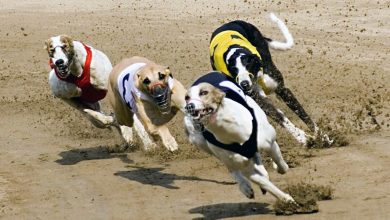

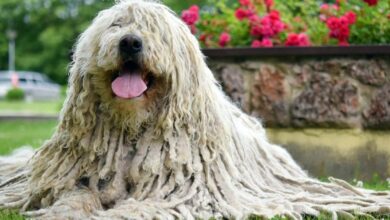
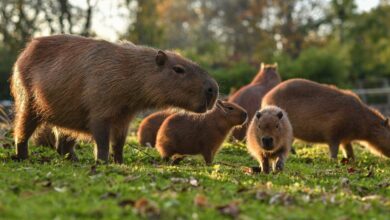


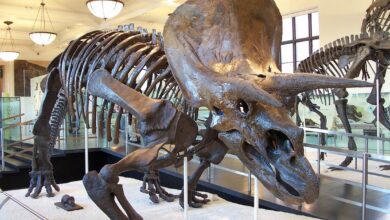
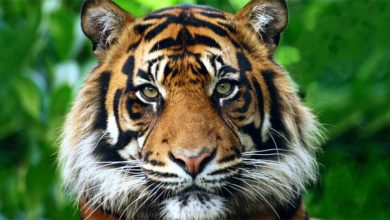
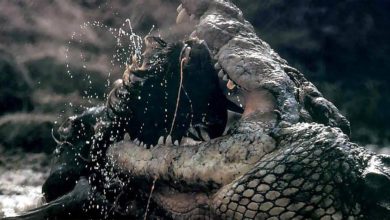
Maine Coon is my favorite cat.
Thanks for sharing this blog about ragdoll cats. My wife and I want to get a pet. I’ll look for a ragdoll kitten we can get as a pet.
Beautiful cats, though a bit of a troublesome breed, because of their fur 🙂